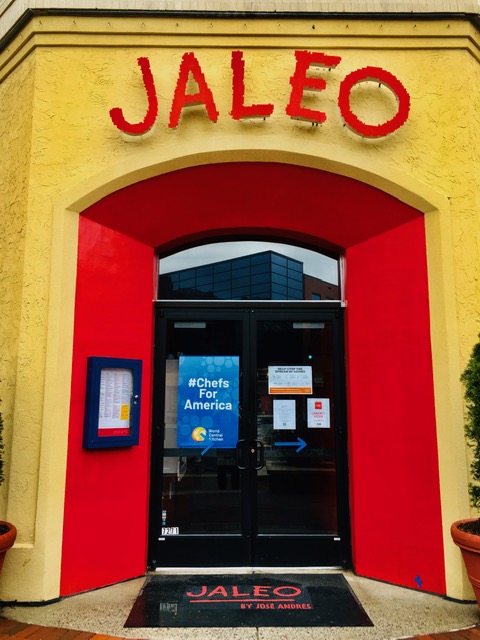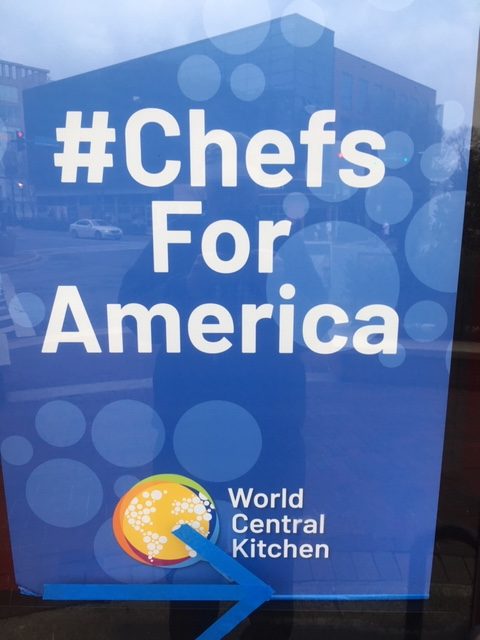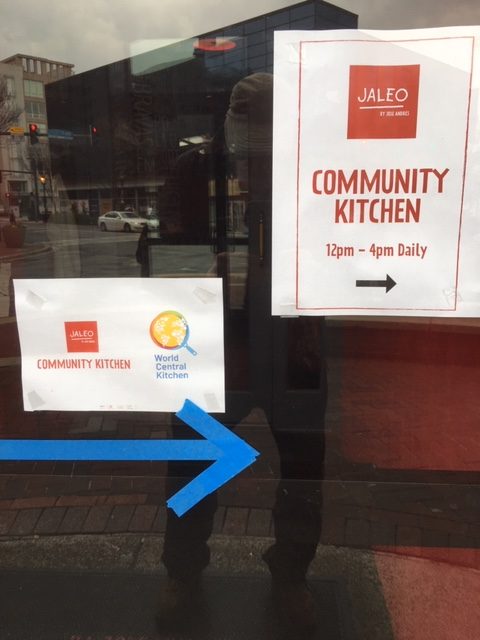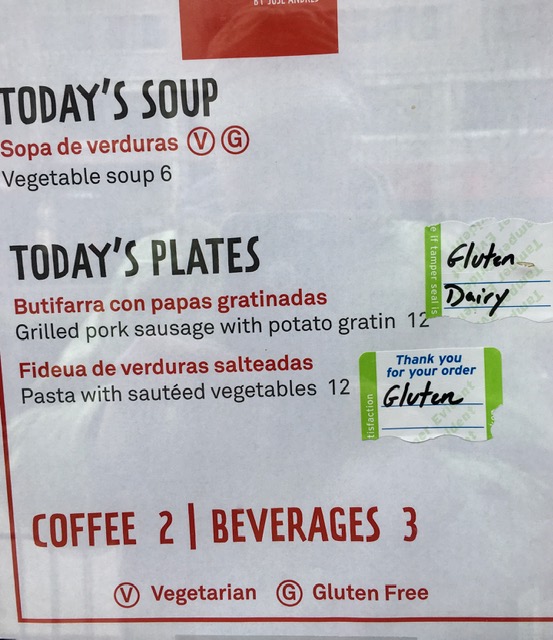Completed in 2019, the FDIC’s Office of Inspector General (OIG) reissued this report yesterday to assist in responding to the current crisis.
There are two takeaways that could help the credit union system.
The first describes how the FDIC performs self-evaluations of its performance in past crises. This process is summarized in the following paragraph for the Great Recession. To my knowledge, NCUA has never conducted any study of its actions in this event.
Two current board members were directly involved, at different times, in the implementation of the Corporate Resolution plan begun in 2009. The current surplus of over $6 billion from the five corporate liquidations, versus NCUA’s projected costs of $13-$16 billion, suggest the urgency of understanding how such a catastrophic supervisory misjudgment could have occurred.
Below is how the FDIC’s evaluated its role:
“Since its inception in 1933, the FDIC has responded to several financial crises in the banking system. In 2012 and 2017, the FDIC completed two Agency-wide studies of its response to the financial crisis of 2008-2013. These studies identified challenges that the FDIC experienced and addressed during the prior financial crisis, such as those related to staffing, contracting, and information technology. The studies also identified lessons learned and recommendations, some of which the FDIC has incorporated or planned to incorporate into its operations and crisis readiness planning. Such operational improvements have helped the FDIC continue to enhance its readiness for crises impacting insured depository institutions.”
A second benefit of the OIG report is the identification of best practices in crisis management. It evaluated the FDIC’s capability on each of these. These seven practices are listed as follows:
“The OIG identified that guidance established by the Department of Homeland Security and Federal Emergency Management Agency on planning for crisis events could be used as best practices by the FDIC. Additionally, best practices from non-Federal sources reinforce the concepts articulated in Federal best practices.
Our review of these best practices identified seven important elements of a crisis readiness framework that are relevant to the FDIC – (i) Policy and Procedures; (ii) Plans; (iii) Training; (iv) Exercises; (v) Lessons Learned; (vi) Maintenance; and (vii) Assessment and Reporting.”
The 73-page, reissued OIG report is available on the FDIC OIG website.









